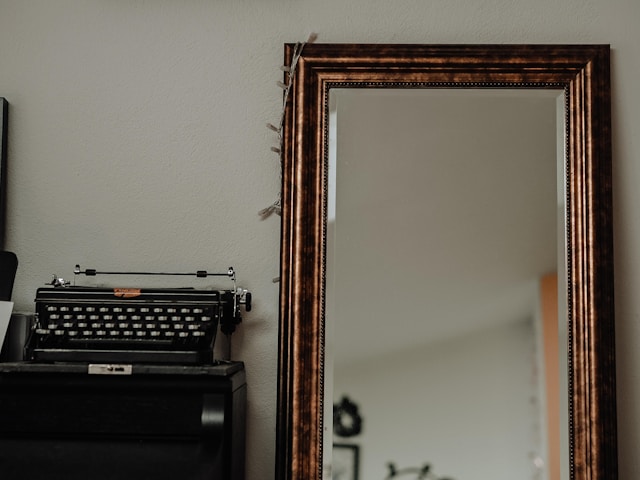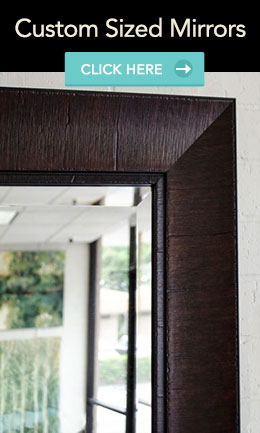
A Handy Guide to Repairing Common Mirror Issues
Mirrors are essential fixtures in any home, serving both functional and decorative purposes. However, like any other household item, mirrors can encounter various issues over time, from scratches and chips to fogging and discoloration. Fortunately, many common mirror issues can be easily repaired with the right tools and techniques.
In this guide, we’ll explore some of these common issues and provide practical solutions to help homeowners restore their mirrors to their former glory.
1. Scratches:
Scratches on mirrors are unsightly and can detract from their appearance. Fortunately, minor scratches can often be repaired using a simple DIY method. Start by cleaning the scratched area with a glass cleaner and a soft cloth. Next, apply a small amount of metal polish or toothpaste to the scratch and rub it in gently with a clean, soft cloth in a circular motion. Continue rubbing until the scratch becomes less noticeable, then wipe away any excess polish or toothpaste with a clean, damp cloth.
2. Chipped Edges:
Chipped edges are a common issue, especially in framed mirrors or mirrors with beveled edges. To repair a chipped edge, start by carefully removing any loose glass fragments around the chip with a pair of tweezers or needle-nose pliers. Next, clean the area thoroughly with a glass cleaner and allow it to dry completely. Once dry, apply a small amount of clear nail polish or epoxy resin to the chipped area, filling in the chip and smoothing it out with a toothpick or small spatula. Allow the polish or resin to dry completely before buffing the repaired area with a soft cloth to restore its shine.
3. Fogging:
Fogging or condensation on mirrors is a common issue, especially in bathrooms or areas with high humidity. To prevent fogging, consider installing a mirror defogger or applying an anti-fog spray or solution to the mirror’s surface. If fogging occurs despite these preventative measures, simply wipe the mirror down with a clean, dry cloth to remove the moisture and restore visibility.
4. Discoloration:
Over time, mirrors may develop discoloration or “black spots” due to oxidation or moisture damage. To remove discoloration, start by cleaning the affected area with a mixture of equal parts white vinegar and water. Gently scrub the discolored area with a soft sponge or cloth, then rinse thoroughly with clean water and dry with a soft towel. For stubborn discoloration, you may need to use a commercial glass cleaner or polish specifically designed to remove oxidation stains.
5. Loose or Wobbly Mounting:
If your mirror is loose or wobbly on the wall, it’s important to address the issue promptly to prevent accidents or further damage. Start by checking the mounting hardware and tightening any loose screws or brackets. If the mirror still wobbles after tightening the hardware, consider adding additional support by installing mirror clips or brackets along the edges of the mirror. Alternatively, you can remove the mirror from the wall and re-mount it using stronger or more secure mounting hardware.
By following these practical tips and techniques, homeowners can effectively address common mirror issues and restore their mirrors to their original beauty. Whether dealing with scratches, chips, fogging, discoloration, or loose mounting, the key is to take prompt action and use the right tools and methods for the job. With a little effort and attention to detail, you can keep your mirrors looking pristine and functional for years to come.

